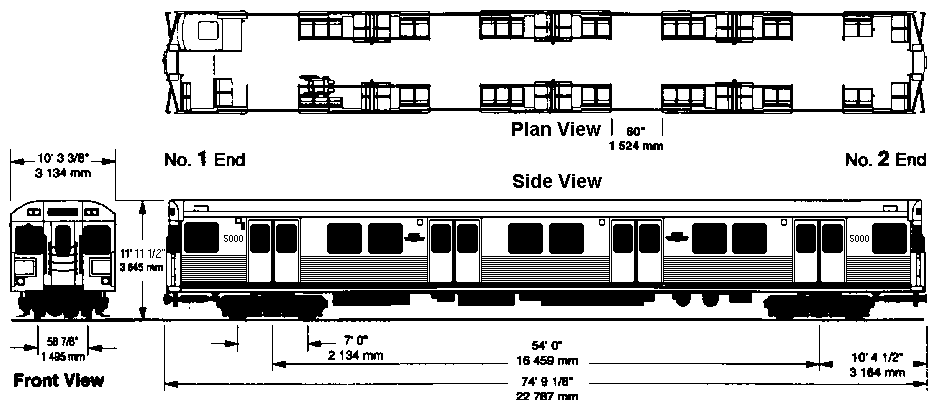crs1026
Superstar
I haven't done any exhaustive research to compare length and seating capacity, but from riding the new TTC cars, all those linked segments seem to take up a lot of linear space that can't be used for seating. If I were looking for a higher-capacity vehicle, I'd be looking for something with a longer carbody that has fewer joint segments and flat ends. The Siemens SD-160's just look like they hold more people, for instance.
Bloor/Yonge is a good comparator in commercial/office development. To be honest, I'd imagined Eglinton/Yonge getting denser than that - there are lots of office buildings eastwards to Mount Pleasant. I guess I'm reflecting a west-end bias, but I know lots of people who live in the Eglinton/Kipling/Islington area and use TTC to work downtown. Right now, if a job opened up at Yonge and Eglinton or Yonge/St Clair, they might not find it appealing because the commute would take them down to Bloor, along the Subway to Yonge, and then back northwards. Objectively, that's not much longer than going down to King/Bay but it just seems further. But with Crosstown open (and especially with it extended westwards) it would be an attractive alternative to working downtown, and a nicer commute.
- Paul
Bloor/Yonge is a good comparator in commercial/office development. To be honest, I'd imagined Eglinton/Yonge getting denser than that - there are lots of office buildings eastwards to Mount Pleasant. I guess I'm reflecting a west-end bias, but I know lots of people who live in the Eglinton/Kipling/Islington area and use TTC to work downtown. Right now, if a job opened up at Yonge and Eglinton or Yonge/St Clair, they might not find it appealing because the commute would take them down to Bloor, along the Subway to Yonge, and then back northwards. Objectively, that's not much longer than going down to King/Bay but it just seems further. But with Crosstown open (and especially with it extended westwards) it would be an attractive alternative to working downtown, and a nicer commute.
- Paul







